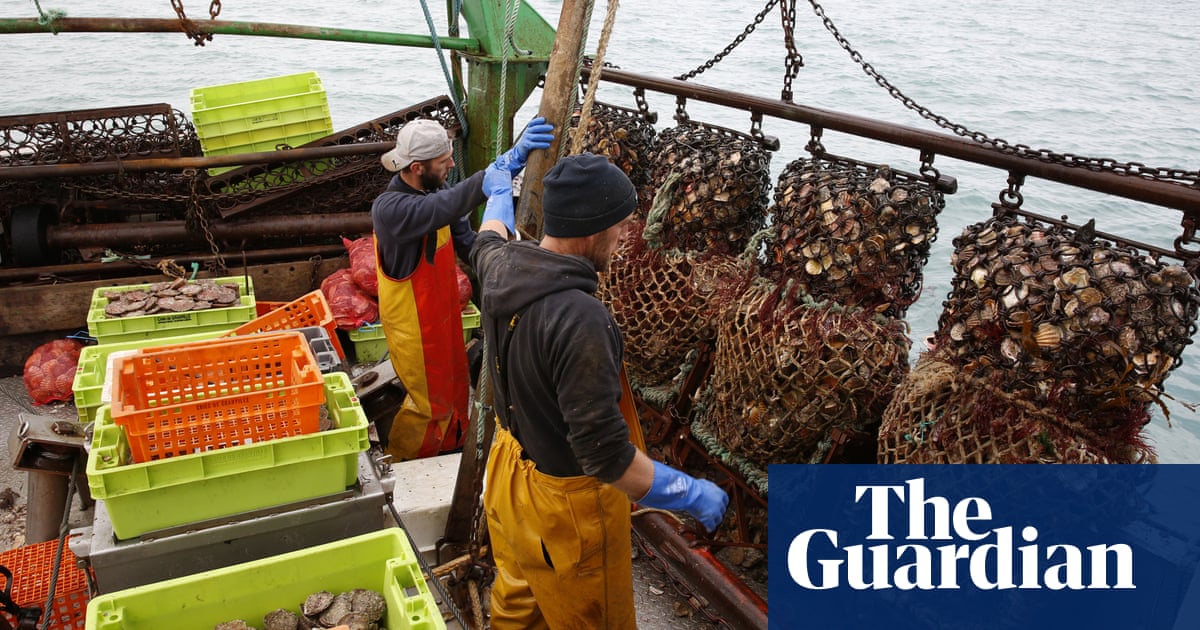Are you ready to join the movement towards a more sustainable future? The sustainable living Academy is paving the way for the next generation of environmental leaders to make a real impact on our planet. With their innovative programs and hands-on learning experiences, students are gaining the knowledge and skills they need to create positive change in the world.
The Sustainable Living Academy believes that education is key to shaping the future of our planet. By teaching students about the importance of sustainable living practices, they are empowering them to become leaders in the fight against climate change. As founder and CEO, Dr. Jane Smith, explains, “We are committed to providing students with the tools they need to make a difference in the world. Joining our movement means becoming part of a community dedicated to creating a more sustainable future for all.”
Through a combination of classroom learning, field trips, and hands-on projects, students at the Sustainable Living Academy are gaining a deep understanding of environmental issues and how they can be addressed. From composting and recycling to renewable energy and water conservation, the Academy is equipping students with the knowledge and skills they need to become environmental stewards in their communities.
One of the key goals of the Sustainable Living Academy is to inspire students to take action in their own lives and communities. As sustainability expert, Dr. David Johnson, explains, “Joining the movement towards sustainable living is not just about learning – it’s about taking action. The Academy is empowering students to make real changes in their daily lives that will have a positive impact on the environment.”
By joining the movement at the Sustainable Living Academy, students are becoming part of a global community of environmental leaders who are committed to creating a more sustainable future for all. As Dr. Smith says, “We believe that together, we can make a difference. Join us in shaping the next generation of environmental leaders – the future of our planet depends on it.”
To learn more about the Sustainable Living Academy and how you can get involved, visit their website at sustainable living. Together, we can make a difference in creating a more sustainable future for generations to come.

